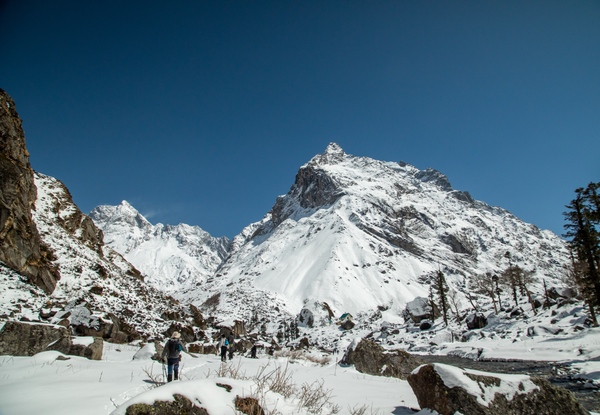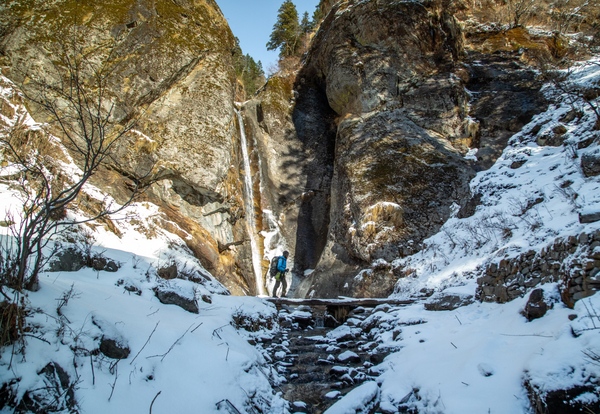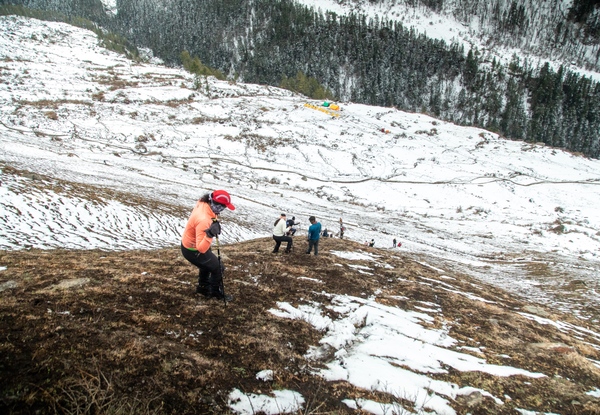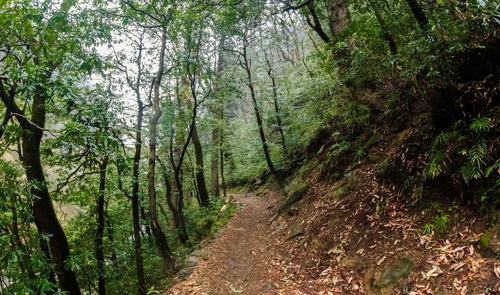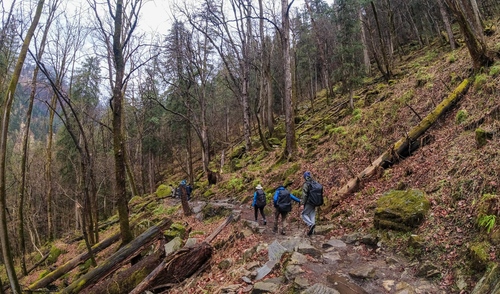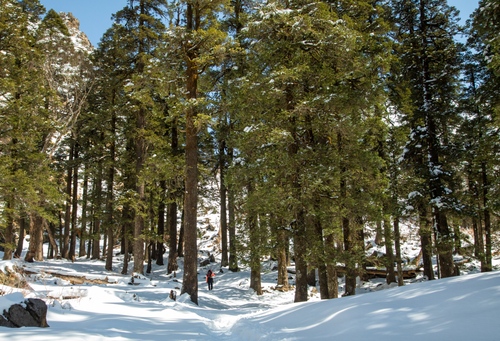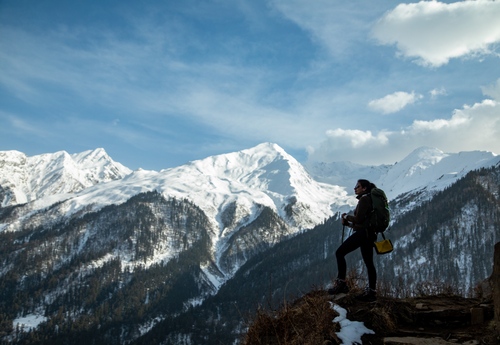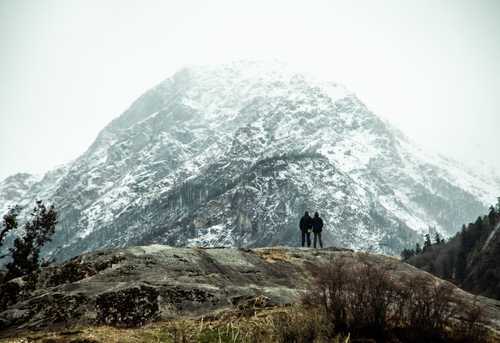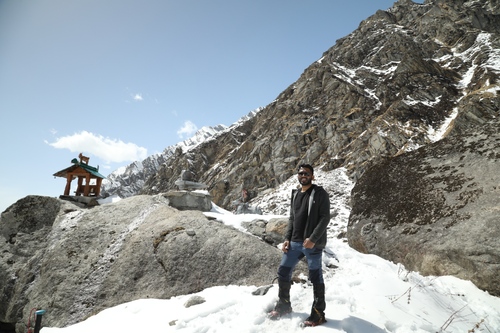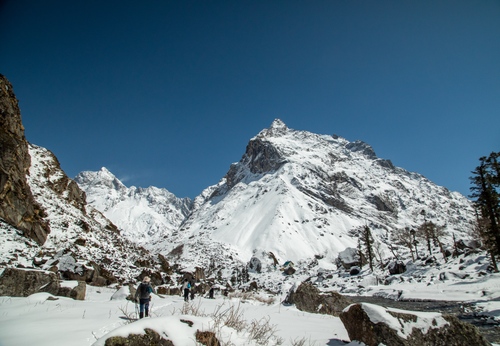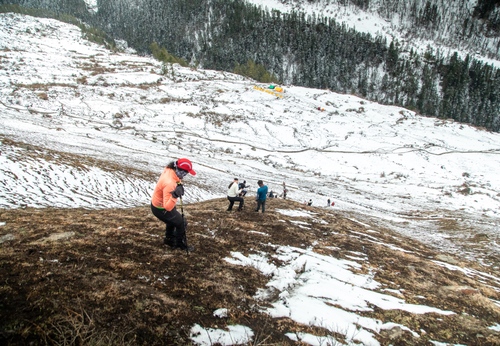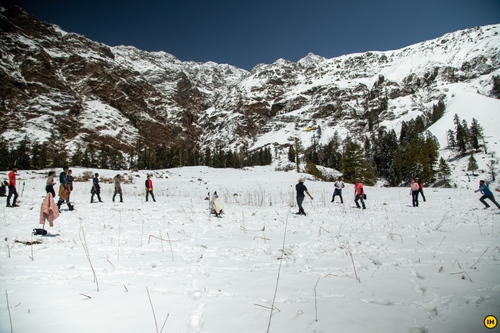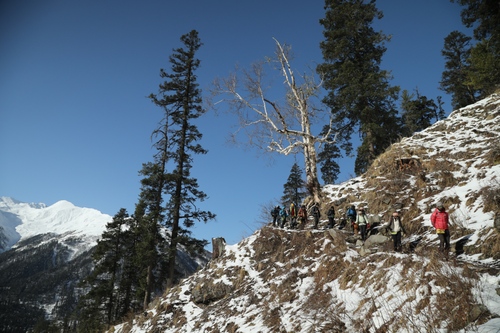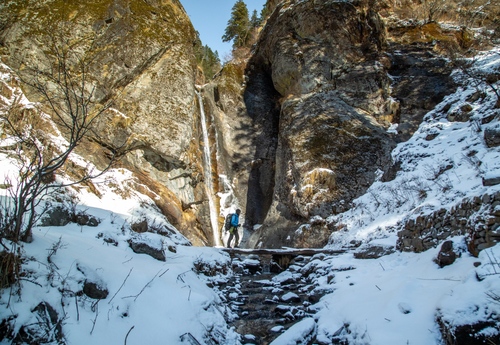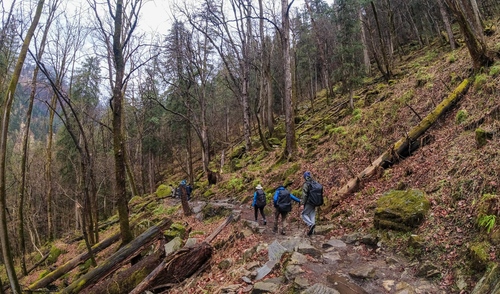Har Ki Dun Trek
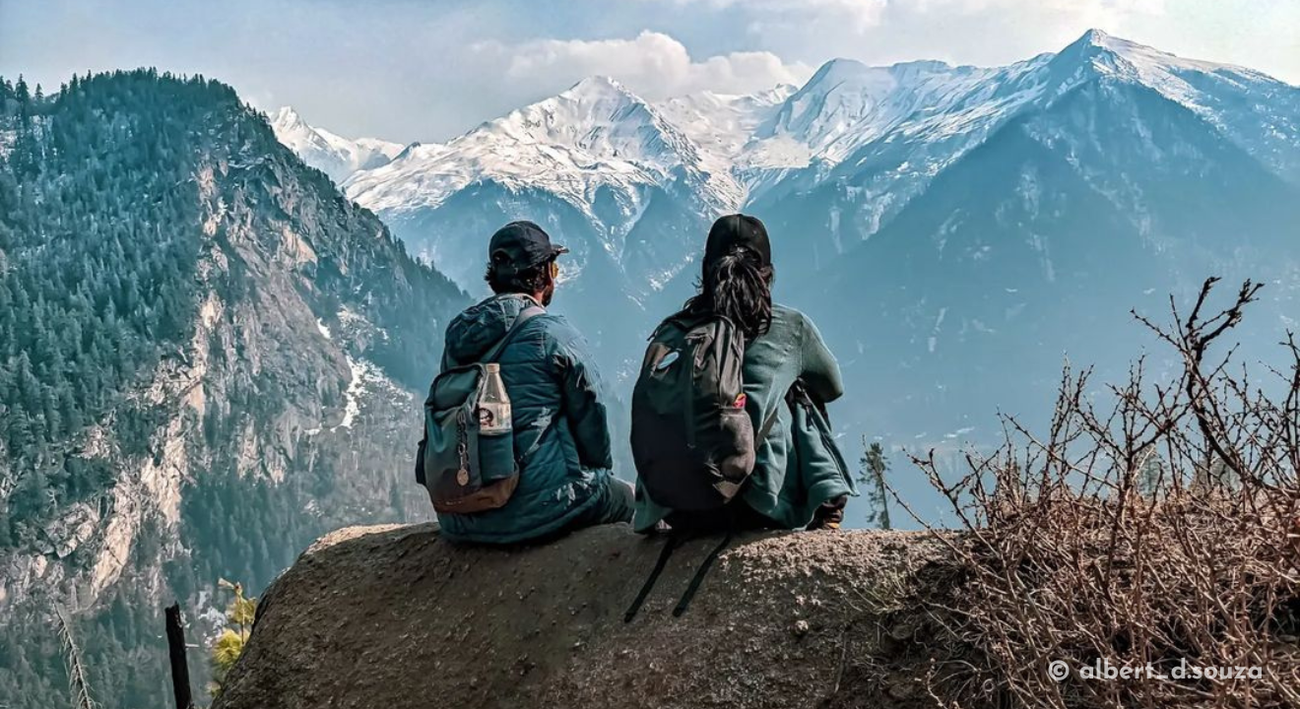
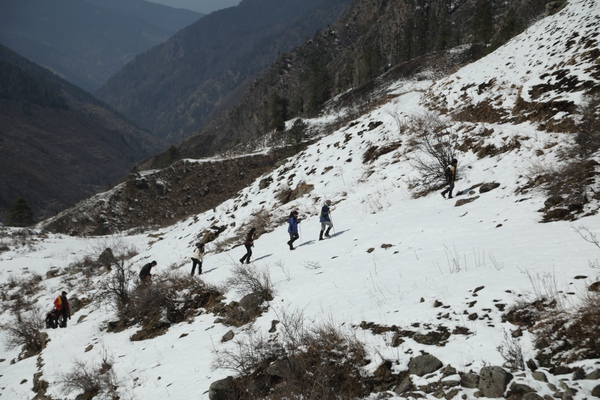
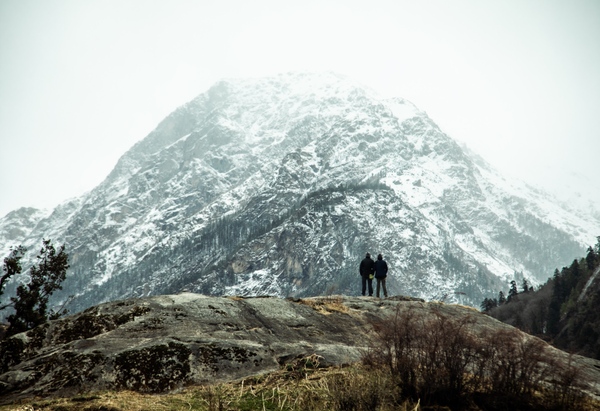
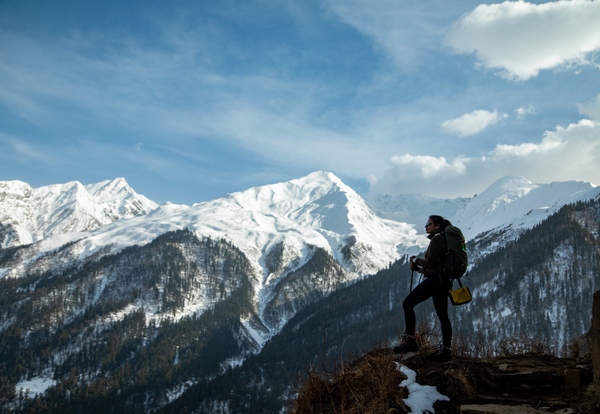
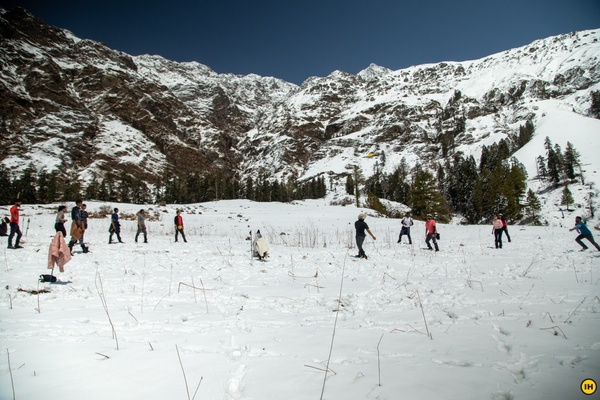
Starts From
₹ 11500/-
About The Trip
Cradling the Garhwal Himalayas, Har ki Dun is considered the 'Valley of Gods' and is also one of the oldest Himalayan trekking trails. Surrounded by snow-clad mountains and alpine vegetation, the trek takes you to an altitude of 3,566 m and acts like a gateway to heaven. According to the legend, Pandavas climbed on this stairway to heaven.
The smell of well-adorned pine and deodar and the sight of orchids and rhododendrons (seasonal) pierces the soul and brings you right answers at the right time. The trek gives you a purpose, sense of culture and will also explain the mythological significance. While absorbing this graceful setting, do not be bewildered when you picturise scenes from Mahabharata, as many locals believe it to be a land belonging to Duryodhana. The tale goes that a clan devoted to the Kauravas lived close to Osla and built a temple in the vicinity. The temple exists even today.
Besides its spiritual significance, Har ki Dun forms a major water source for the Yamuna River system. The trek provides spectacular views of Swargrohini, Bandarpoonch and Black Peaks. The riverside campsite is much-awaited by trekkers. The diversity of flora, fauna and landscapes knit a feeling of closeness. Villagers on the trail and their simple life will put you in awe. Har ki Dun trek is of easy to moderate difficulty and is suitable for any beginner. Trek to Har ki Dun starts from Sankri (base camp) in the Uttarkashi district of Uttarakhand. Plan the Unplanned team invites you to come on the Har ki Dun trek and experience a culture dissolved in mythology and love for nature. Check out the itinerary and book your slot.
Trip Highlights
- Experience the Valley of Gods.
- Get spectacular views of Swargrohini Peak, Bandarpoonch Peak and Black Peak.
- Listen to mythological tales from Mahabharata.
- The riverside campsite is much-awaited by trekkers.
- Soak in the refreshing sunrise and sunset in the company of Pine and Deodar forests.
- From the blending slopes to the thicks of forests drenching in waterfalls, from the shadows of chestnuts to chinars, from the smell of walnuts to willows, you will get the best views of the Himalayas from the first day itself.
- We will be traversing through Osla village after crossing the bridge over the Supin river.
Price
Tickets
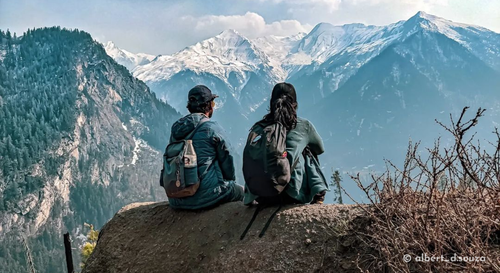
From : INR 13000/-
INR 11500/-
per person
Tickets
 Download PDF
Download PDF
Brief Itinerary
Day 1: Begin the adventure with a scenic drive from Dehradun to Sankri base village covering a distance of 198 kms in an 8-hour drive.
Day 2: Drive from Sankri to Taluka (12 Kms, 1 Hr Drive), followed by a thrilling trek to Puani Garaat covering a distance of 10 kms and taking approximately 4 hours.
Day 3: Embark on a picturesque trek from Puani Garaat to Kalkatiyadhaar covering a distance of 8 kms in about 4 hours.
Day 4: Discover the beauty of Har-Ki-Dun with a challenging trek from Kalkatiyadhar covering a distance of 14 kms in approximately 7 hours. Return to Kalkatiyadhar after exploring Har-Ki-Dun.
Day 5: Trek back from Kalkatiyadhaar to Puani Garaat via Seema, covering a distance of 8 kms in about 4 hours.
Day 6: Trek from Puani Garaat to Taluka and drive to Sankri from Taluka, covering a distance of 12 kms in 1 hour.
Day 7: Conclude the trip with a scenic drive from Sankri to Dehradun, covering a distance of 198 kms in an 8-hour drive.
Inclusions & Exclusions
Inclusions
Exclusions
Detail Itinerary
Details
Welcome to the Har ki Dun trek. All of us will meet in Dehradun. The group will assemble at the pickup point at 06:30 am. We advise you to come to Dehradun at least a day prior.
Today's drive will be hectic but overall beautiful. We'll drive towards Sankri village, which is the base camp for the Har Ki Dun Trek. Upon reaching Sankri, we'll check into our homestay. The rest of the day is at leisure. You can roam around, go to some sightseeing points and come back to homestay in the evening.
Dinner will be served that will be followed by an overnight stay.
Note: The pickup point will be Dehradun Railway Station. (tentative)
Details
Today, we will cover a trek of 12 km in approximately 7 hours. We will start early after breakfast. We will head towards Taluka, the trek’s starting point. Taluka is a tiny hamlet with minimal concrete houses.
After a drive to Taluka, we will start our trek to Puani Garaat. As this is officially the first day of the trek, we will take everything slowly. From the blending slopes to the thicks of forests drenching in waterfalls, from the shadows of chestnuts to chinars, from the smell of walnuts to willows, you will get the best views of the Himalayas from the first day itself.
Walking, acclimatising and soaking in different hues of the planet, we will reach the campsite to catch the golden smiling sunset that's rushing to sleep. This will feel like the best day to rest and fall asleep in your friend's tent listening to stories and sharing food over dinner.
Details
After morning tea and breakfast, we will trek towards Har ki Dun Valley.
We will be traversing through Osla village after crossing the bridge over the Supin river. From here, the trekking trail reaches a ridge named Kalkatiyadhar, where you will get the first view of Har Ki Dun Valley. Further, the trail passes through lush green meadows that finally reach our campsite at Kalkatiyadhar.
Dinner will be followed by an overnight stay in camps at Kalkatiyadhar.
Details
Waking up in front of the colossal Swargarohini peaks is a surreal experience. We will have breakfast with stunning landscapes in the backdrop. The trekking trails start from lush green meadows, and soon you see sparkling waterfalls flowing relentlessly before reaching the Har ki Dun valley.
From the summit, you will witness the Black peak and Swargarohini peak. After a few peaceful moments here, we will return to the campsite in Kalkatiyadhar.
Dinner will be served early in the evening, followed by an overnight stay in tents.
Details
After early morning tea, we will descend to the Puani Garaat campsite. The trail passes through the coniferous forest until the village of Seema. It is a small village set up on the banks of river Supin. On the other side of the river is Osla village.
We will reach the campsite and spend the rest of the day leisurely. Dinner will be served soon.
Details
The day starts with an early breakfast and morning tea. After which, we will proceed on the same trail. Once we reach Taluka, we will drive to Sankri. Today, you will feel the most energetic and enthusiastic since this is the last day of the trek.
In Sankri, we will check into our homestay. Dinner will be served in the evening.
Details
After breakfast, we will start our return journey from Sankri to Dehradun. We will reach Dehradun in the evening, and individuals from our close-knit group will take their course from here. At Plan the Unplanned, we focus on two aspects of travel: exploring nature and making meaningful connections. You will start as strangers but leave with dewy eyes.
We would love to see you again—Check out our other itineraries and ring us soon. It would be a pleasure to see you again. Till then, take care and love life.
Things To Carry
Backpack (Minimum 55 Ltrs with rain cover): Choose a high-quality backpack with a comfortable fit and straps that do not cause shoulder pain. For a quality trekking backpack, you can visit the nearest Decathlon location.
Daypack (20 - 30 Ltrs): When ascending to the summit, you are required to carry only a few essential items; therefore, you will need a daypack since you will leave your larger pack at the campsite.
Floaters or sandals: Although the entire trek requires sturdy footwear, your feet must be able to breathe to prevent chafing and blisters. A good pair of sandals and floaters will allow you to move freely in the camp.
Good trekking footwear is comfortable, provides ankle support, and has excellent traction. Instead of being bulky, they should be lightweight and durable.
3 Pairs of Quick-Dry T-Shirts: You must carry at least three pairs of quick-dry t-shirts so that you can launder them between stops for the sake of hygiene.
Quicky DryTrek Pant: A high-quality pair of polyester track pants will allow your skin to breathe. They are lightweight, quick-drying, and comfortable for walking. You can avoid chafing and rashes by purchasing a quality pair of track pants.
3 Pairs of Cotton Socks: Cotton socks are extremely lightweight and comfortable to move around in, so you can always rely on a good pair of cotton socks while trekking. However, remember to replace them frequently and avoid wearing them when they are wet.
1 Pair of Woolen Socks: A quality pair of woollen socks, preferably merino, is comfortable, inhibits odours, and provides sufficient insulation from the cold so that they can be worn at night.
1 Poncho: A poncho is an evolved form of a raincoat that protects both your body and your belongings from the rain.
Padded/Heavy Jacket: It is emphasized that you must bring appropriate layers to avoid getting cold; therefore, you must bring a heavy jacket that can be worn over your other clothing.
Thermal is a type of clothing that aids in keeping the body warm during cold weather. A high-altitude trek necessitates the use of this essential item.
A towel that dries quickly will aid in maintaining proper hygiene. The wet fabric increases the likelihood of bacterial growth; therefore, it must dry quickly.
Windbreaker Jacket: As you ascend to a high altitude, you are subjected to chilly winds, which a windbreaker jacket is designed to repel. They are made of lightweight synthetic fibres.
Woolen Cap: When ascending to a high altitude, a woollen cap will help prevent the onset of frostbite. When travelling at high altitudes, you can also cover your ears to prevent any pain and discomfort you may experience in them.
Insulated gloves help maintain proper body temperature in the hands and provide a better grip on trekking poles.
Sun Cap: A lightweight sun cap with side flaps is ideal for preventing sunburns and keeping your head cool on sunny days.
1 Scarf or Balaclava: In addition to sun rays and chilly winds, you are also exposed to dirt and grime during treks; therefore, it is essential to carry a scarf or balaclava so you can cover your face when necessary.
Lip balm: Due to the harsh cold winds, your lips may become chapped, so it is important to keep them moisturized.
Cold Cream & Sunscreen (SPF 40+): To prevent sunburns and chafing, you must apply both cold cream and sunscreen.
Antibacterial powder: To prevent rashes caused by a bacterial infestation in your armpits and elsewhere on your body, Use antibacterial powder.
Water Bottle: The importance of hydration during hiking cannot be overstated. It is essential to carry a water bottle that can be refilled with Himalayan water.
Torchlight and Headlight: A flashlight or even a headlamp with fresh batteries should always be brought along.
A ziplock bag containing all of your toiletries, including napkins, toothpaste, hand sanitizers, and paper soap, should be carried.
Personal Basic Medical Kit: A few cuts and bruises are almost inevitable on a hike, so it is necessary to carry a medical kit containing bandages, Dettol, etc.
Dark Sunglasses / Spectacle Wearers (Instead of Contact Lenses, Use Photochromic Glasses): Photochromatic glasses are designed to transform into anti-glare tints in response to sunlight exposure. They are effective eye protection, but clip-on glasses, etc., are also available.
The trekking pole provides assistance in multiple ways. It conserves energy while providing stability and aiding in maintaining balance.
Extra Polythene: If your clothes become wet or do not dry, you can transport them in polythene. However, ensure that all plastics you bring into the woods are taken out with you. Do not litter in mountainous areas.
Camera: This should go without saying. To ensure that you capture all the memorable moments of your hike. Make sure you have sufficient storage space and extra batteries.
Policy and Terms
Here's the cancellation policy for Himalayan Treks/Backpacking Trips/Road Trips
- If you cancel before 30 days - 90% of amount will be refunded
- If you cancel between 20 -30 days - 75% % of amount will be refunded
- If you cancel between 15-19 days - 50% will be refunded
- If you cancel between 7-14 days - 25 % amount will be refunded
- If you cancel between 0- 7 days before the departure date - No amount would be refunded.
- *Intimation Period means the number of days before the tour is scheduled to start
- **Cancellation Fee is the amount of money that will be deducted from the total billing amount before offering the refund.
- Refund/Cancellation requests are accepted only by email at [email protected] and not via call or Whatsapp.
Note: For All The Above Refund Cases Transaction Fees/Internet Handling Charges will be dedcuted from the overall amount and balance amount shall be refunded. You can transfer your ticket to anyone so that you could save your hard earned money
For other trips and travels with us, and detailed terms and conditions check the following link : https://www.plantheunplanned.com/refund-cancellation-policy
Additional Information
How is the Trip /Trek Organised?
For the proper organization of Backpacking Trips and Himalayan treks, Plan the Unplanned team is associated with a local experienced team that’s registered with ATOAI (Adventure Tour Operators Association of India)
Moreover, we have been working with them for 10 years. Their highly skilled staff with 20+ years of experience, professional local guides and BMC certified trek leaders are the reasons for our continuing partnership with them. The team shall manage all operations, medical and mechanical backup starting from the base location.
Only when we have over 8 bookings from Bangalore, do we send our leaders from Bangalore.
Note: To properly utilize resources, a batch from PTU is clubbed with trekkers who originally book with the local team. This is how all trekking organizations manage their treks. An exclusive PTU batch is only formed when we have a majority of bookings ( over 8 and above ) from PTU

From : INR 13000/-
INR 11500/-
per person
Tickets
 Download PDF
Download PDF
Reviews
Get our stories delivered
From us to your inbox weekly.
